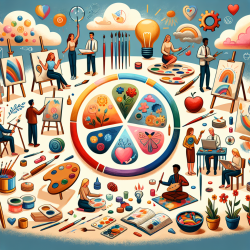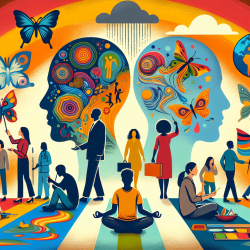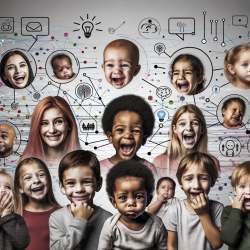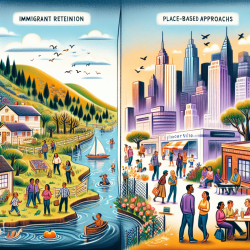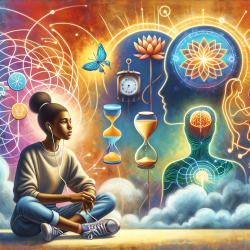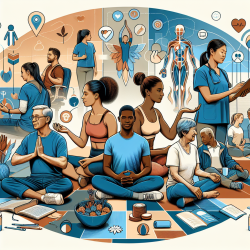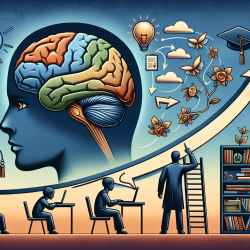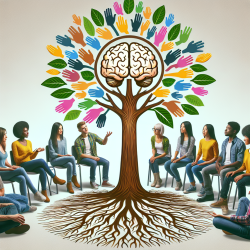Art education has long been recognized as a crucial component of a well-rounded curriculum, fostering creativity, expressiveness, and the ability to connect with the environment. The research article "Emotional Creativity in Art Education: An Exploratory Analysis and Research Trends" delves into the intersection of emotions and creativity within the context of art education, providing valuable insights for practitioners.
Understanding Emotional Creativity
Emotional creativity is defined as the ability to experience and express original, appropriate, and authentic combinations of emotions. It involves three main components:
- Effectiveness: The application of existing emotions or combinations of emotions in particularly effective ways.
- Authenticity: Modifying standard emotional displays to better meet individual or group needs.
- Novelty: Developing new forms of emotional expression that fundamentally change the beliefs and rules constituting emotional syndromes.
Key Findings from the Research
The research analyzed 984 articles from Elsevier’s Scopus database, spanning from 1917 to 2020. Key findings include:
- Exponential Growth: There has been a significant increase in research on emotional creativity in art education, especially in the last decade.
- Interdisciplinary Links: The study highlights the connection between psychology, neuroscience, and artistic education, emphasizing the importance of interdisciplinary approaches.
- Future Research Directions: Five future research directions were identified: visual art education, affective paradigm, metacompetency, expressive arts therapy group, and cognitive empathy.
Practical Implications for Practitioners
Practitioners can leverage these insights to enhance their teaching methods and improve outcomes for students. Here are some practical steps:
Incorporate Emotional Creativity in Curriculum
Art educators should integrate activities that promote emotional creativity. This could include:
- Expressive Arts Therapy: Implement group activities that encourage students to express their emotions through various art forms.
- Cognitive Empathy Exercises: Design projects that require students to understand and empathize with different perspectives, fostering emotional and cognitive growth.
Utilize Interdisciplinary Approaches
Collaborate with professionals from psychology and neuroscience to create a holistic educational experience. This could involve:
- Workshops and Seminars: Organize interdisciplinary workshops that bring together art educators, psychologists, and neuroscientists to discuss and develop new teaching strategies.
- Joint Projects: Engage students in projects that require input from multiple disciplines, enhancing their understanding and application of emotional creativity.
Focus on Emerging Research Areas
Stay updated with the latest research trends and incorporate findings into your teaching practices. Key areas to focus on include:
- Visual Art Education: Explore new methods and techniques in visual art that enhance emotional expression and creativity.
- Affective Paradigm: Study the role of emotions in learning and how they can be harnessed to improve educational outcomes.
Encouraging Further Research
While the current research provides a solid foundation, there is still much to explore. Practitioners are encouraged to:
- Conduct Classroom-Based Research: Implement small-scale studies within your classroom to test new methods and document their effectiveness.
- Collaborate with Researchers: Partner with academic institutions to contribute to larger research projects, providing valuable real-world insights.
To read the original research paper, please follow this link:
Emotional Creativity in Art Education: An Exploratory Analysis and Research Trends.
